Job hunting for people over 50 can be daunting. Age discrimination is a real thing, and when considering candidates over 50 years old employers may make unfair assumptions. Assumptions like:
* They aren’t technologically savvy.
* They expect a higher salary because of their years of experience.
* They’re overqualified and will quit as soon as they get a better offer for more money.
We spoke with Kate Culligan, a Denver-based performance coach and career strategist with a Masters in Organizational Performance. She gave us a rundown of some of her top tips for persons 50 years and older who are in the job market and need some coaching to help them find the right position for their skills, background and interests.
Focus Your Resume on Your Most Relevant Experience
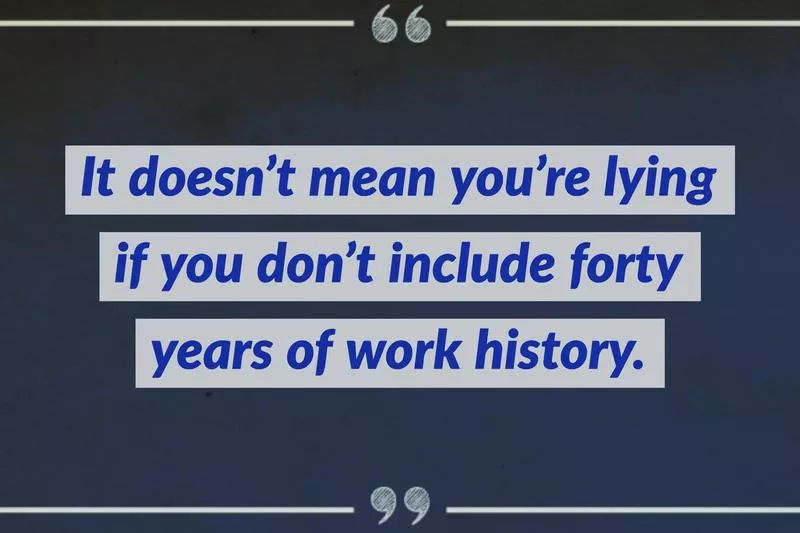
Individualize each and every resume to make sure it fits the needs of the position you’re applying for. Trim the experience that may not be such a good fit for each specific position, and keep the whole thing under two pages.
This often means taking the first 10-15 years off your resume to show your most recent experience. Remember: It doesn’t mean you’re lying if you don’t include 40 years of work history. You’re just trying to keep the resume succinct and relevant.
If you make it to the interview, then feel out whether you want to elaborate on other work experience you might have.
Also, don’t omit part-time work if it’s relevant to the job you’re applying for.
Update Your Technical Skills
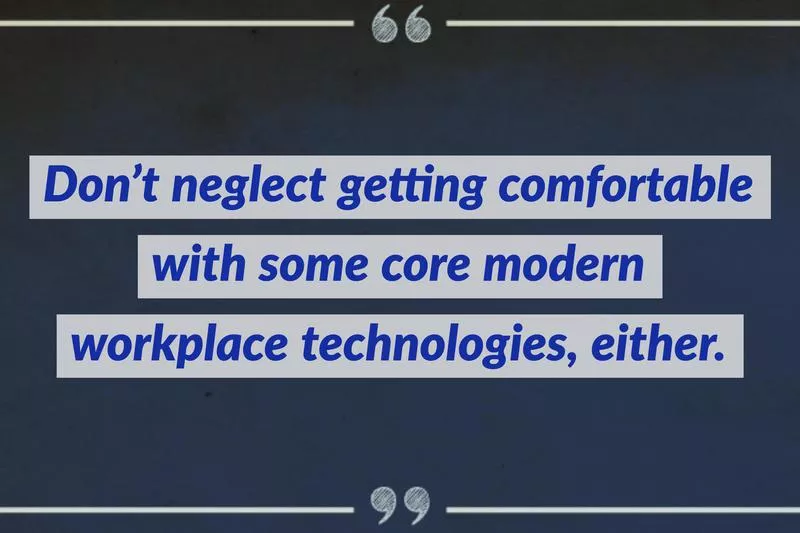
Most employers today need the people they hire to have hands-on technology skills. So, a skills upgrade may be in order.
Plenty of free courses are available on websites like Coursera.org. These courses can help you upgrade specific technology skills or even learn a new area, like project management, that could be beneficial for your job search. Idealist.org has some good tips for learning technology after 50 on its website, also.
Don’t neglect getting comfortable with some core modern workplace technologies, either.
For example, video conferencing is often used, so sign up for Google Hangouts or Zoom and practice connecting and chatting with family or friends to get the hang of it.
You may also use video conferencing for job interviews.
Create or Update Your Online Profile
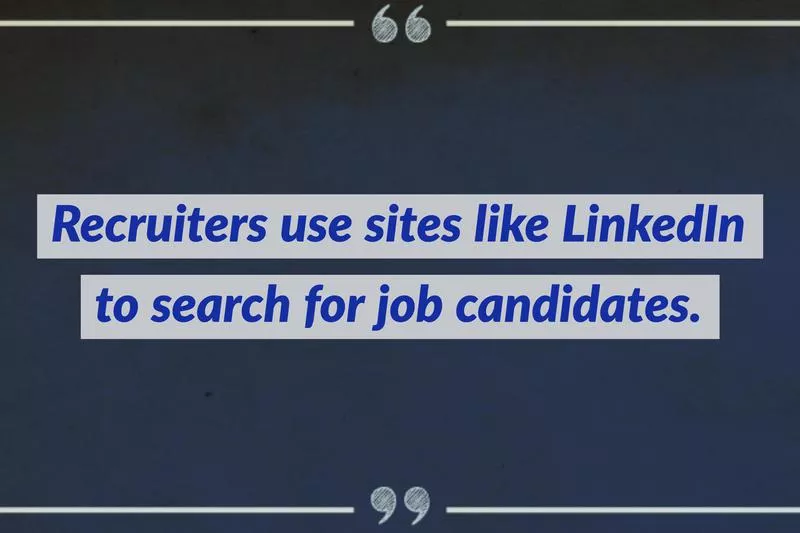
Recruiters use sites like LinkedIn to search for job candidates. Make sure to keep your profile relevant.
If you don’t know how to use LinkedIn, there are many helpful YouTube videos that will give you the basics so you can get started creating an effective profile.
Update Your Email Address
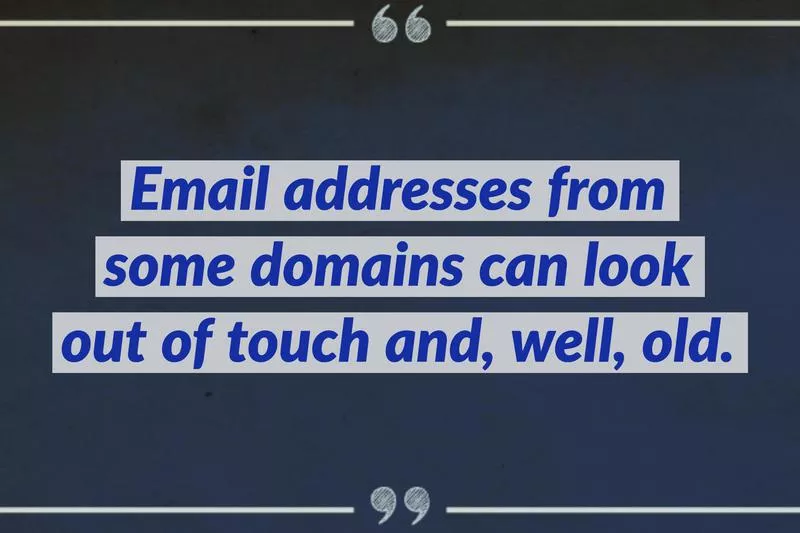
Email addresses from AOL, Yahoo and even Hotmail can look out of touch and, well, old. Instead, create an email from Gmail or Microsoft Outlook, or your own personal domain.
If your name isn’t available because someone has already registered it, use a combination of your name and what you do or are looking to do. For example, csmithattorneychicago or csmithlegalillinois.
Network, Network, Network
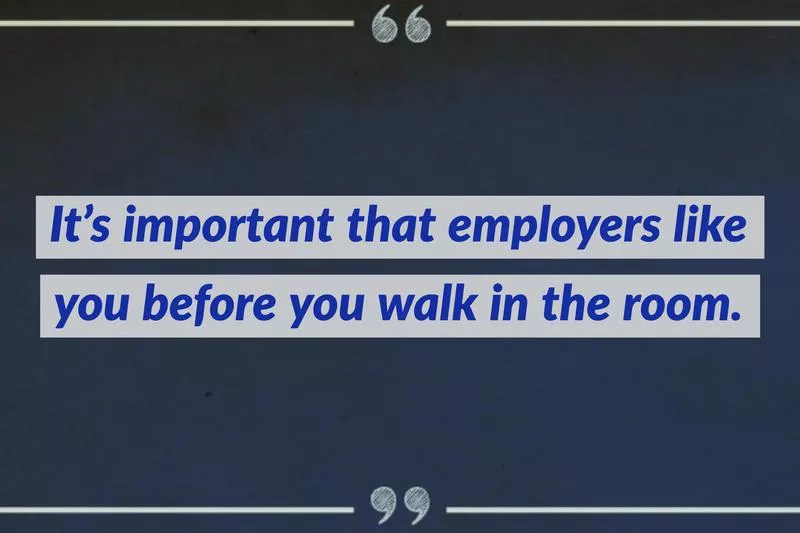
According to Culligan, it’s fundamentally important that employers like you before you walk in the room, based on your resume or what they’ve heard about you from a colleague or acquaintance that you have already networked with.
This way, when they meet you and they see that, yes, you are older. But the impact of the age discrimination is mitigated by what they already like about you.
Culligan recommends job seekers search for jobs online and network via LinkedIn. That way you can be “introduced in,” instead of applying cold via email or an online application drop box. This also implies that you have an account and profile on LinkedIn.
You may also find networking in your community helpful. Local libraries, community colleges and adult education centers often offer technology courses, certification programs and other professional development opportunities.
Address the Assumption You’re Overqualified Head On

Employers might be concerned that you’re “overqualified” when you apply for jobs that may pay less than your last salary, or are below a managerial position when you have 20-plus years of experience.
Culligan suggests addressing that issue head on in the cover letter and later on in the interview. Let your potential employer know that at this point in your career money isn’t your bottom line, but you want to keep working and growing as a professional, and most importantly, your experience and skills would be a big asset to the company/organization.
Then explain what kind of skills and experience you can bring to the project or position.
Be a Good “Cultural Fit”
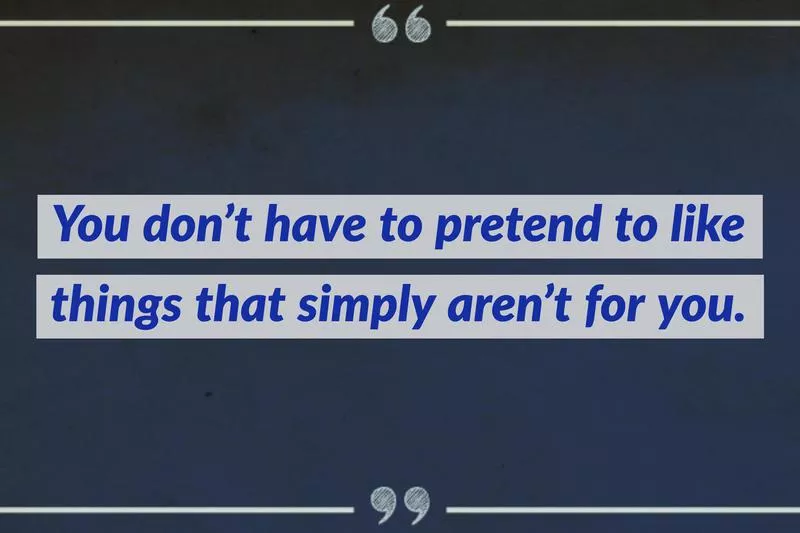
Not being a “cultural fit” can be code for “you’re too old.” Employers want new hires to be able to participate in the company’s work culture, and if you’re applying to businesses with lots of young people, then that might mean physical activities like volleyball games, or it may mean engaging in social media with colleagues, or fitting in in some other way.
Make sure to sell your energy and your experience in the interview, and if you land the job, take the time to get to know the people you work with and what they like. You don’t have to pretend to like things that simply aren’t for you, but you can probably find some hobbies or interests in common with younger colleagues if you keep an open mind.
Find Common Ground With Younger Potential Colleagues
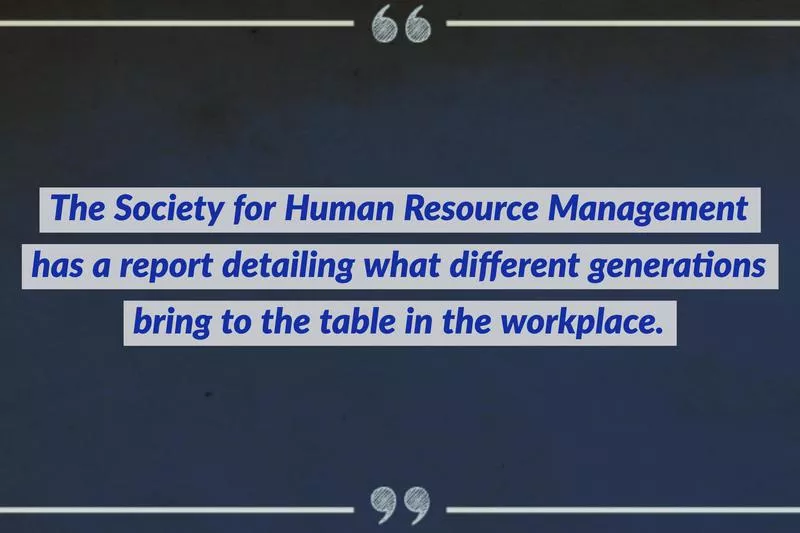
This brings us to our next point: there are differences in values, skills and experiences that different generations bring to the table in the workplace.
Trying to understand where your potential younger colleagues might be coming from in terms of values and life experiences may help you show you’d be a good fit for a younger workplace culture during an interview.
Be Realistic About What You Want
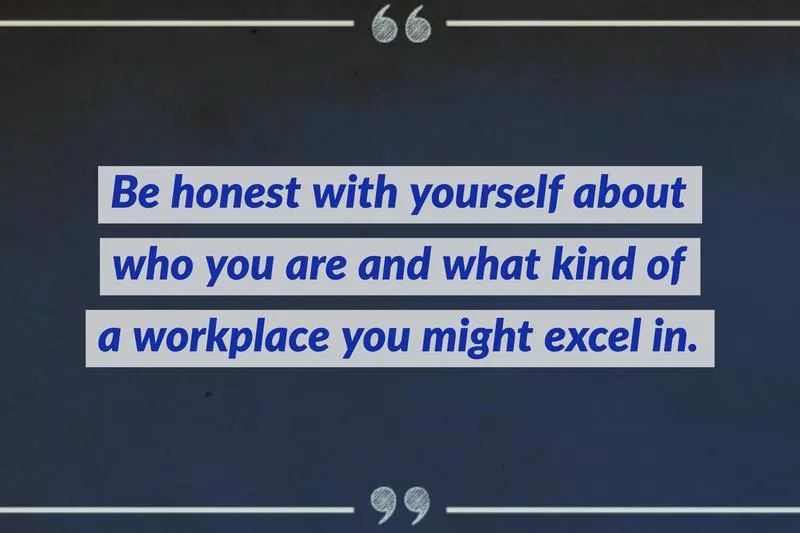
Are you sure you’ll be happy in an environment with mostly young people? If not, then don’t look for those kinds of positions.
You may not be the best fit for a place that’s all about emerging technology or some other new tech venture, but you might be a better fit for a more established company that deals with an area or industry that you are already familiar with.
Be honest with yourself about who you are, what kind of a workplace you might excel in and look for positions in companies that fit that profile. What is most important is that you find a company or project that is a good fit for your knowledge, skills and personality.
Keep Your Salary Expectations Flexible
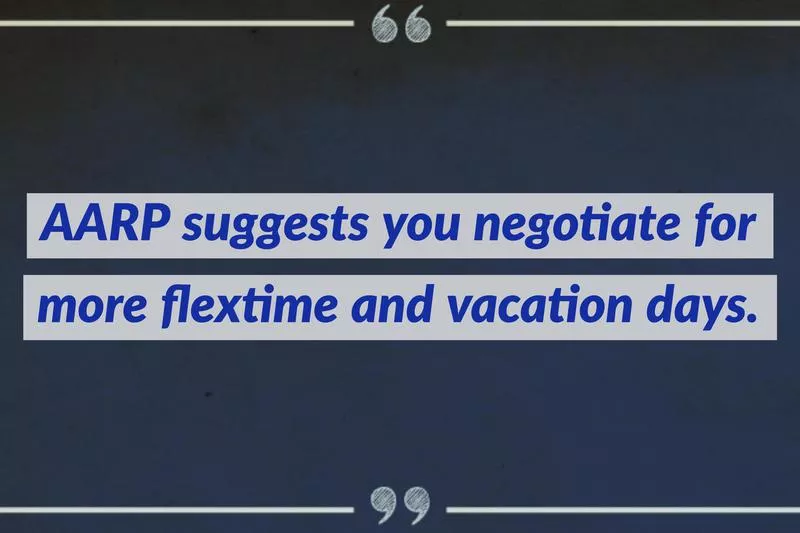
Be willing to accept a lower salary than you made at your last job. AARP says this “is a deal breaker for lots of older workers, who find it insulting to be offered less than they were making in their last job.”
AARP suggests you negotiate for more flextime and vacation days as a way to deal with the decrease in salary, but still land the job.
Consider Consulting and/or Blogging to Stay Active in Your Field
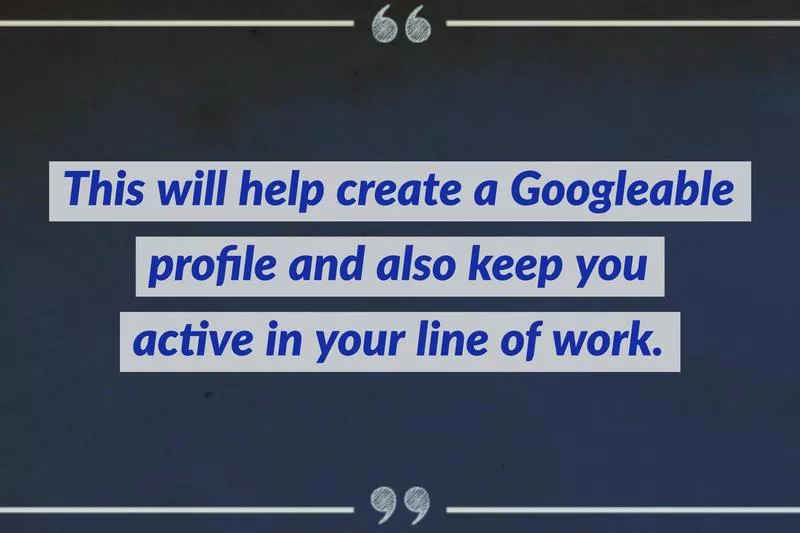
AARP recommends keeping busy in your field. Employers today often like employees to be self-motivated and knowledgeable. Look for consulting opportunities while you look for a steady job in your free time.
Also, consider blogging or creating some other online project about your field. This will help you create a Googleable profile and also keep you active in your line of work, even if it’s just to write about it.
Check AARP Resources for Companies That Value Older Professionals
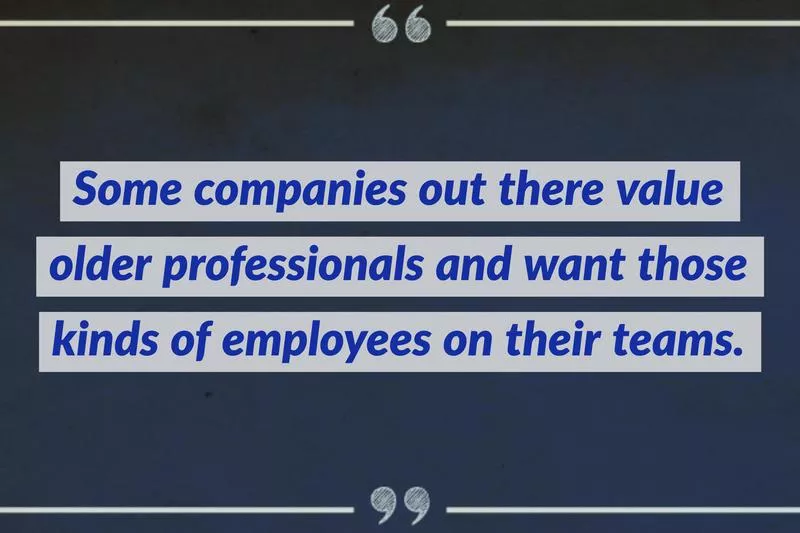
There are companies out there that value older professionals and want those kinds of employees on their teams.
AARP has a resource for job searching that helps connect older job seekers with companies that know their value and seek it out.
Consider a Makeover
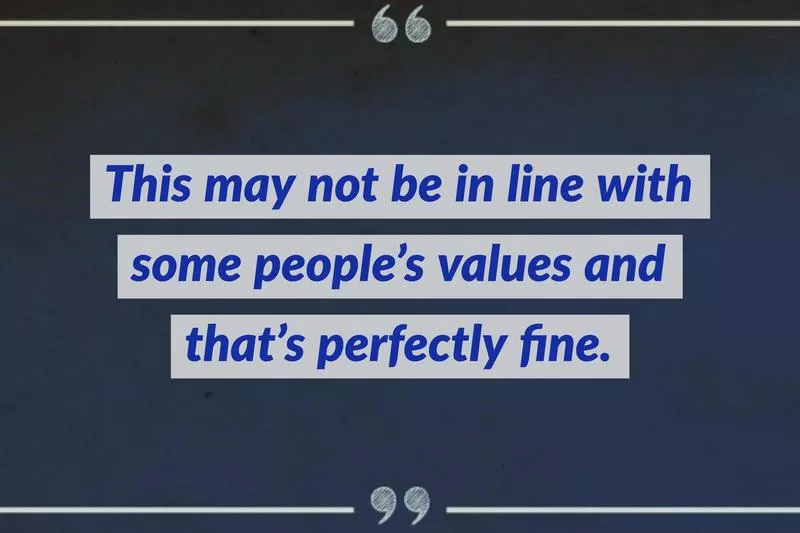
Culligan says she sometimes recommends a bit of an aesthetic upgrade to help mitigate age discrimination. For example, dying your hair may be all that is needed to help you look a little fresher for the position.
Now, this may not be in line with some people’s values and that’s perfectly fine. But, if you don’t mind then it probably won’t hurt and may even help, like Culligan says.
Consider Volunteering Until You Land the Job You Want
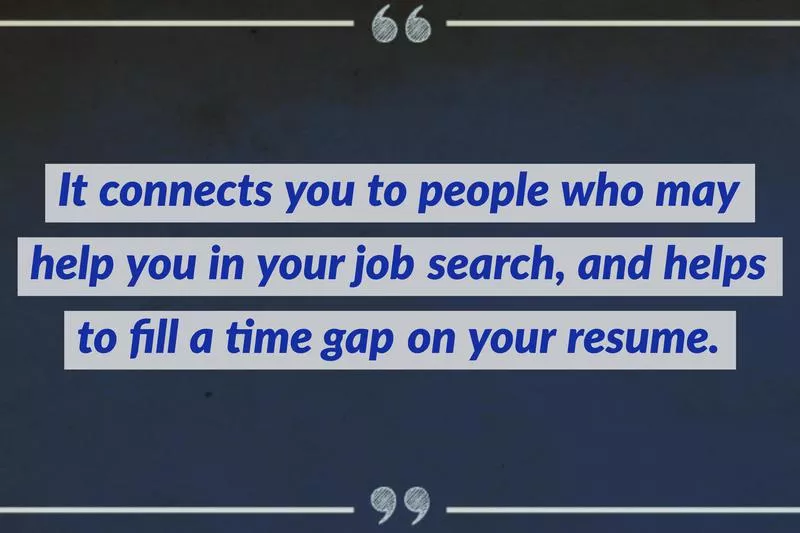
An AARP program helps link volunteer opportunities with interested candidates. Staying active and sharing your experience with your community is a positive and altruistic substitute for a job while you’re looking for one.
Plus, it connects you to people who may help you in your job search, and helps to fill a time gap on your resume while you’re job hunting.